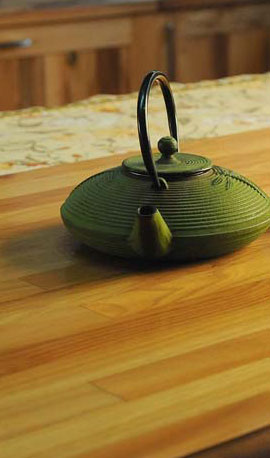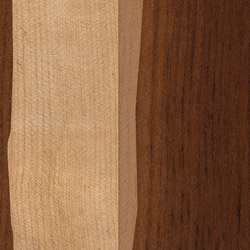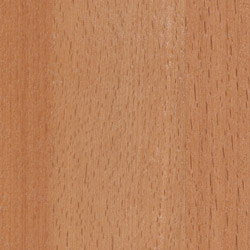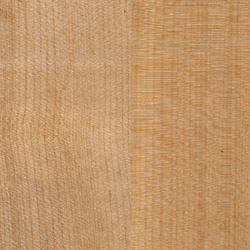SPECIES

APPEARANCE
Brown yellowish with olive tones, resembling the teak wood to some extent, with thin, long grain. The wood exhibits pronounced chatoyance (different looks when light falls from different angles). Light rays frequently appear along the grain. On the end grain, it shows a velvety texture reminding of the old tobacco color. A well adaptable presence can warm an austere ambiance, or attenuate the exuberance of a vivacious one.
PHYSICAL PROPERTIES:
Remarkably hard (1700 on the Janka scale), stable (one of the lowest shrinkage rates), and prominently decay-resistant (the longevity of locust wood articles is subject of legend in the rural society). Its long-grain provides excellent elasticity and exceptional shock resistance. It has a remarkable ability to resist friction while staying smooth and is also famous for being stable and resistant even under extreme conditions of chemical activity, heat, and moisture. On the grounds of these qualities, the black locust wood is frequently employed for severe, heavy-duty applications such as mine posts, railroad ties, ship decks, and massive traffic floorings. However, it is primarily used as a kitchen top or a bathroom countertop because of its aesthetics. Although tasteless and odorless, it doesn’t make a perfect cutting surface because it dulls the knife blade quite fast.
WORKING PROPERTIES:
IIt saws well but, being a dense and hardwood; it will wear out the saw blades quicker than other wood species. It sands very well, but it tends to clog the sandpaper. Polishes to an exceptionally smooth surface, stains, and finishes very well. Being already oily by nature, it will absorb an oil finishing or any other similar penetrating finishing very slowly.
TRIVIA:
Unlike the vast majority of wood species, the quality of black locust wood is in an inverse proportion with the quality of the soil; the poorer the soil is, the denser and harder the timber becomes, due to the slow annual growth.






